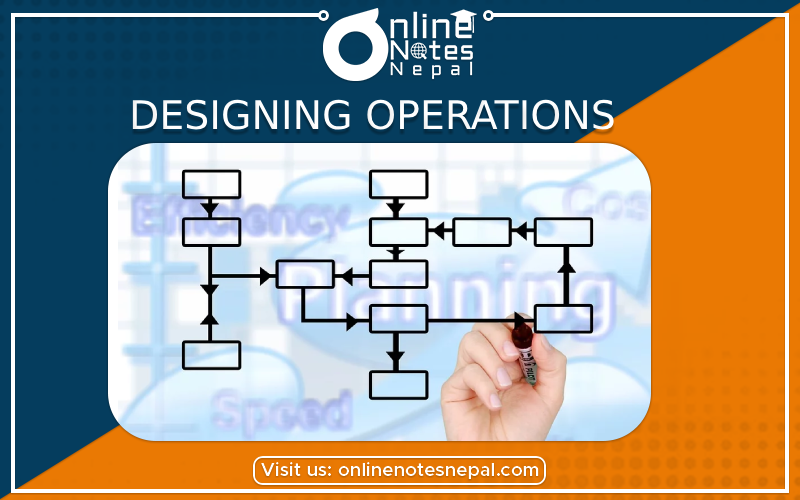Published by: Anu Poudeli
Published date: 10 Jul 2023

The process of planning and coordinating the numerous activities and resources inside a business or organization to achieve desired goals efficiently and effectively is referred to as operations design. It entails making design and management decisions for processes, systems, and structures in order to maximize productivity, quality, customer happiness, and overall performance. Here are some important factors to consider when planning operations:
1.Strategy Alignment: The operations design should be in line with the overall strategy and goals of the firm. Understanding the strategic objectives and determining how operations may support and contribute to their achievement are critical.
2.Process Design: It is critical to design efficient processes in order to optimize operations. This entails studying and mapping out the procedures and activities required in delivering a product or service, finding bottlenecks, and eliminating waste to maximize efficiency.
3.Capacity Planning: It is critical in operations design to assess and determine the right degree of capacity. Forecasting demand, analyzing resource requirements, and ensuring adequate capacity is available to meet client needs without excessive expenses or underutilization are all part of it.
4.Facility Design and arrangement: The physical arrangement of facilities and workstations can have a substantial impact on productivity and workflow. Layouts that reduce movement, promote communication, and allow for efficient material flow can improve operational efficiency.
5.Supply Chain Management: To maintain a seamless flow of materials, products, and information, operations should consider the integration and coordination of suppliers, manufacturers, distributors, and retailers. Effective supply chain management may shorten lead times, cut costs, and boost customer satisfaction.
6.Quality Management: It is critical to incorporate quality into operations design in order to meet consumer expectations. Implementing quality control procedures, setting quality standards, and regularly monitoring and upgrading processes to improve product or service quality are all part of this.
7.Automation and technology: Using technology and automation to streamline operations and boost efficiency. To optimize processes and decision-making, operations design should investigate potential for adopting modern technologies such as robotics, artificial intelligence, and data analytics.
8. Performance Measurement : Establishing key performance indicators (KPIs) and metrics is essential for monitoring and evaluating operational performance. Creating an effective measuring system allows you to track progress, identify areas for development, and make data-driven decisions.
9.Employee Involvement and Training: Involving employees in the process of designing operations fosters engagement and ownership. Providing proper training and development opportunities ensures that employees have the skills and knowledge required to perform their tasks effectively and contribute to the success of the organization.
10.Continuous Improvement: A culture of continuous improvement should be incorporated into operations design. Organizations may adapt to changing market conditions and remain competitive by encouraging innovation, cultivating a learning environment, and continually analyzing and optimizing procedures.
These are some key factors to consider when planning operations. However, precise criteria and best practices may differ depending on the industry, size of the business, and environment.